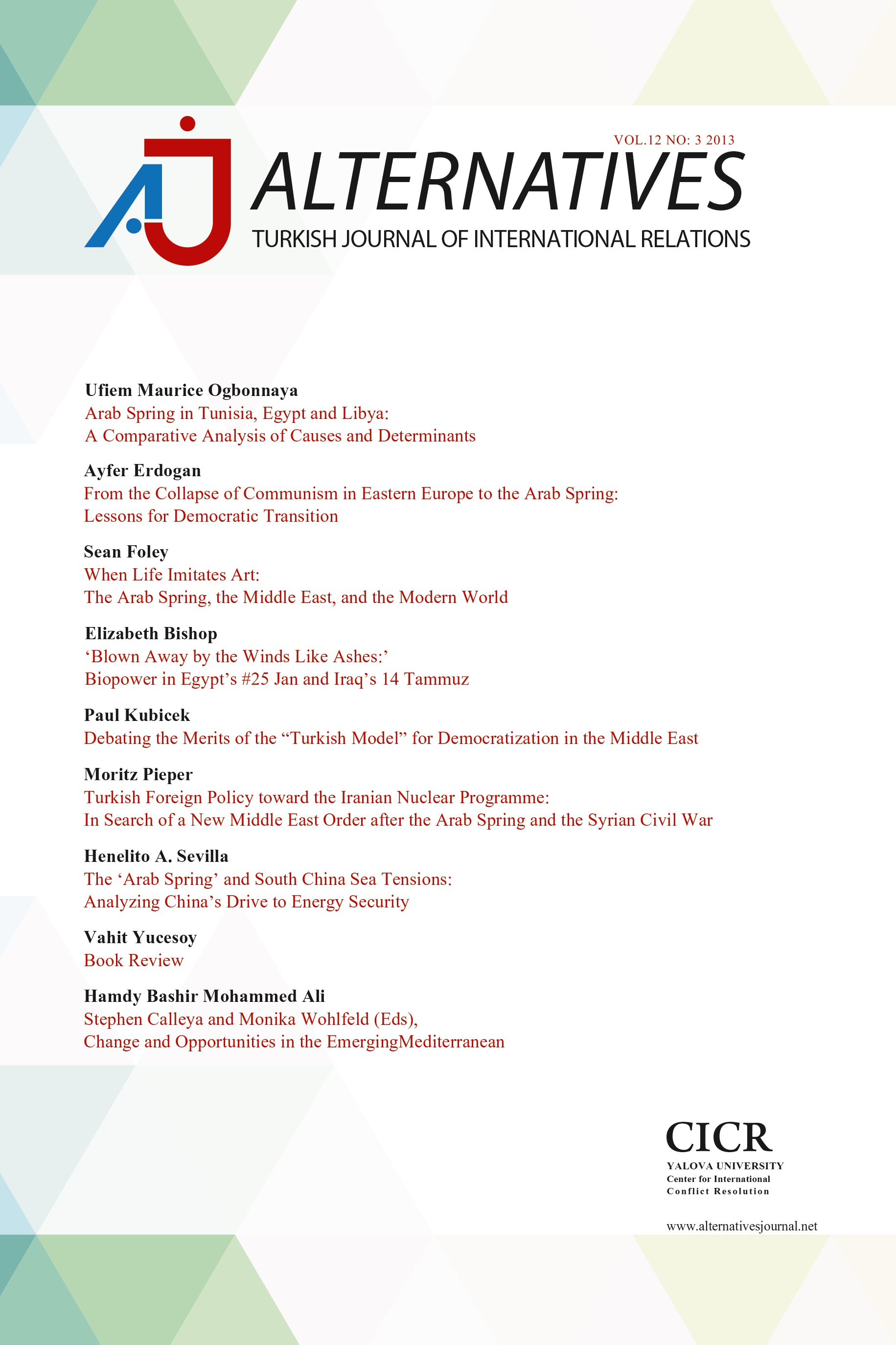Bridging the Gap between Theory and Practice: The Evolution of NATOs Security Agenda
With the end of the Cold War, NATO's function has become a significant puzzle for world politics and the International Relations(IR) discipline. Numerous studieshavebeendeveloped on thispuzzle, whichapproachtheissuefromdifferenttheoreticalanddescriptiveangles. Thisarticlefits in thisliteratureviafocusing on thesecurityconception of theorganization. Hence, the purpose is to analyze NATO's post-Cold War endurance, while linking the 'theory' with the'practice' of security. Empirically, the article focuses on three post-Cold War Strategic Concepts of NATO in a comparative manner. Theoretically, it utilizesthe three questions that are generated by critical approaches to security: What is security (security agenda) according to NATO Whose security (referent object) does NATO act for What are the means to be employed to secure the referent object for NATO While comparatively analyzing NATO's post-Cold War Strategic Concepts (in November 1991; April 1999; November 2010) with these questions, the article presents detailed empirical data on NATO's changing post-Cold War security conception; hence, its endurance. The article concludes with insights on the changing and remaining parts of NATO's security agenda.
- ISSN: 2146-0809
- Yayın Aralığı: Aylık
- Yayıncı: Yalova Üniversitesi
